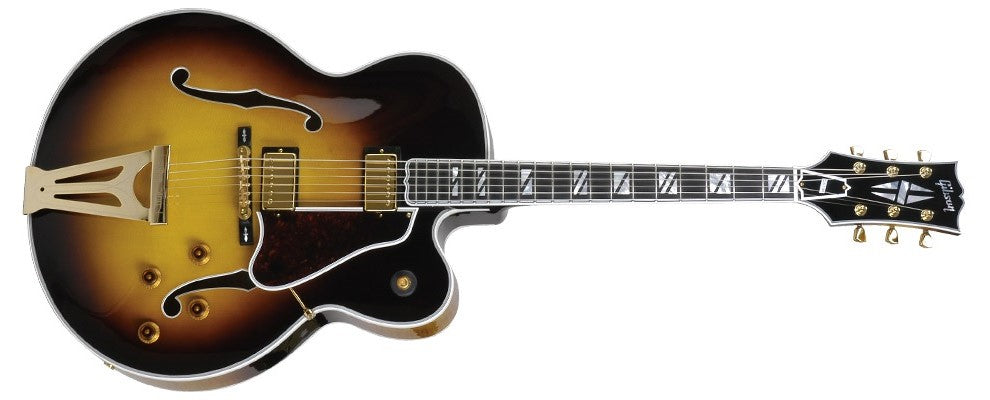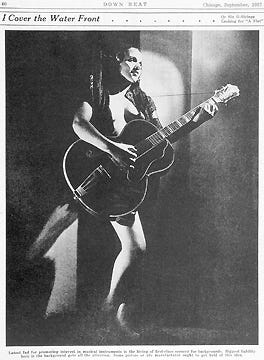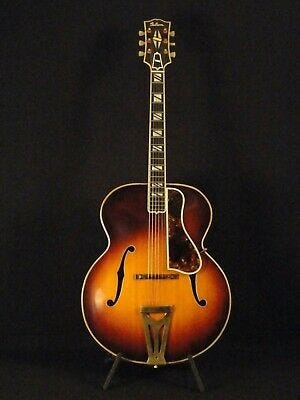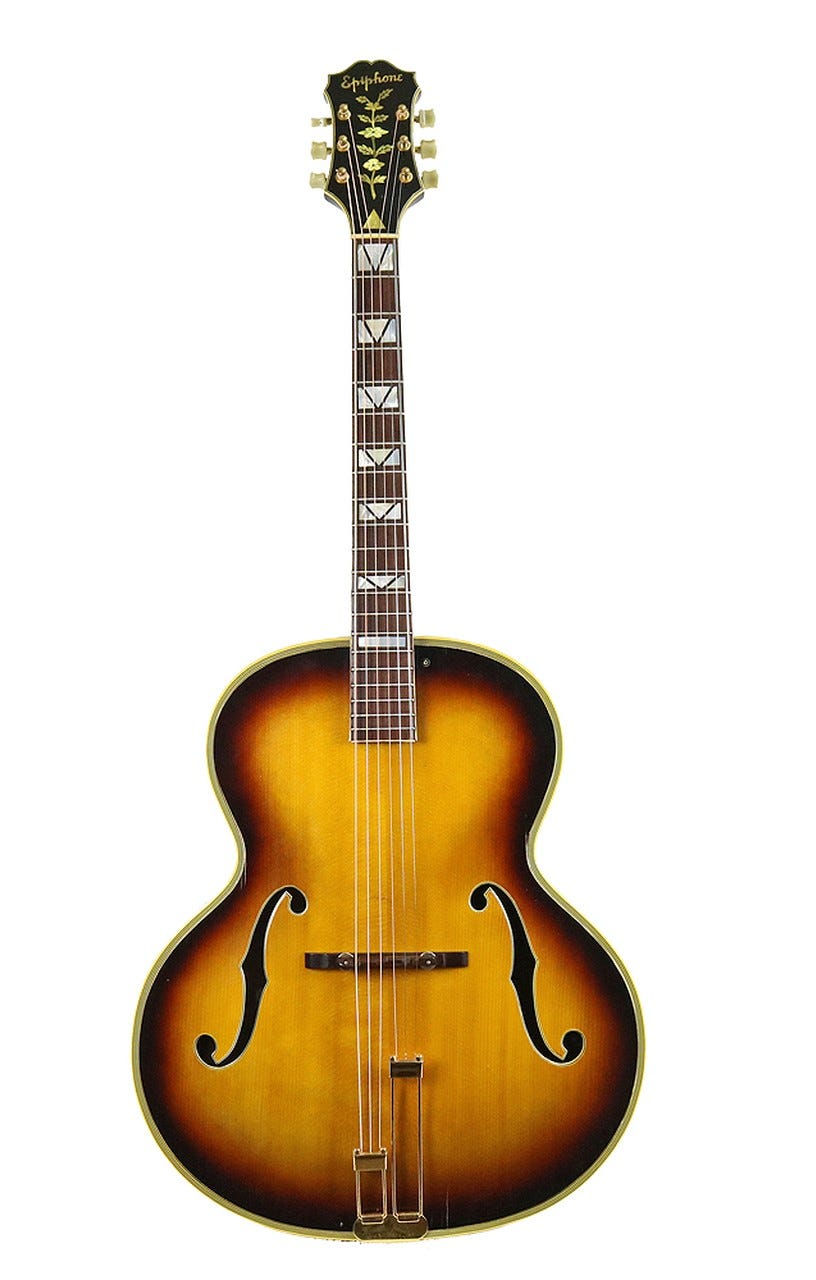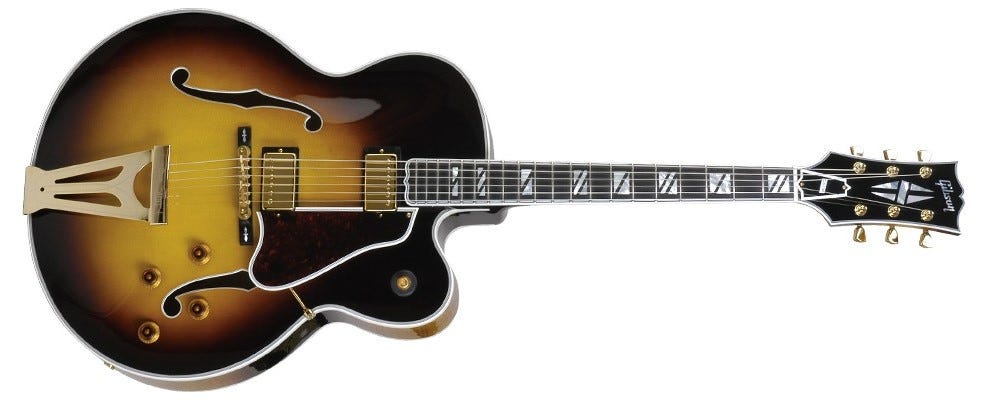The latest Guitar Gavel podcast is on the streets! In this Guitar Gavel podcast episode I have the good fortune to sit down with Scott Olson and hear his guitar stories.
Me: “Scott, what was your first guitar, when did you start playing?”
Scott Olson: “It was actually the drums that started…”
Had it not been for the wall of guitars behind Scott in the video frame I thought for a split-second this podcast was DOA :-). Scott goes on to show off his pride and joy Charvel, the Flying V he made, and thinline strat-style guitar he built among many more. It was a great conversation, thank you brother Scott!
The early 1930s was a time when two of the most iconic guitar manufacturers were at war with each other over America's soul to be the most popular brand in the nation.
Gibson and Epiphone
Both companies were venturing into the relatively new waters of archtop guitars that Gibson pioneered with the introduction of the L-5 model in 1922.
Before that, Gibson specialized in mandolins. Epiphone specialized in banjos. Both were the most popular stringed instruments of the early 1900s.
Epiphone saw the growing archtop popularity and decided to diversify. Though it wasn't until 1931 that Epiphone came online with their first archtops, the Masterbilt line, and they looked a lot like Gibson’s L-5.
Plus, they were bigger! (17 ⅜”)
Gibson answered the call in 1934 introducing the super-sized Super 400.
Now it was bigger! (18”)
Not to be outdone, the Epiphone Emperor from 1936 was another step wider at 18.5”.
The 400 model was Gibson’s top dog and remained their finest offering through the next decade despite Gibson introducing their first electric in 1936 (ES-150).
In 1951 the Super 400 received an electrified overhaul and here comes the Super 400-CES (Cutaway Electric Spanish). It was released alongside an electric version of the L-5, the L-5-CES. For years players had been using aftermarket means for amplification and now that obstacle was removed.
Sporting two P-90s the 400-CES had a slightly thicker top and more bracing than its acoustic brother. It was also the first dual-pickup production guitar Gibson offered.
Gibson held course at 18” and the Super 400 CES remains Gibson’s largest bodied guitar to this day. Gibson switched to Alnico V pickups in 1954 and then to PAF humbuckers in 1958 as seen in the reissue picture.

